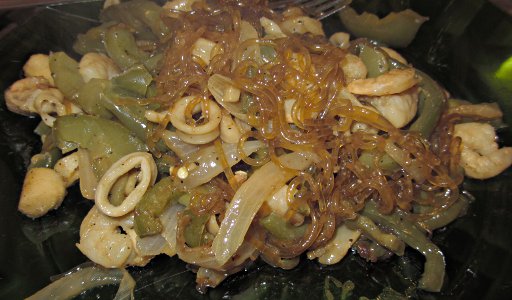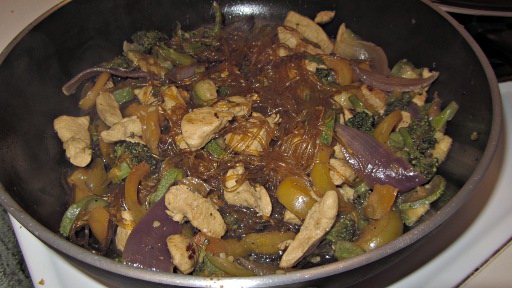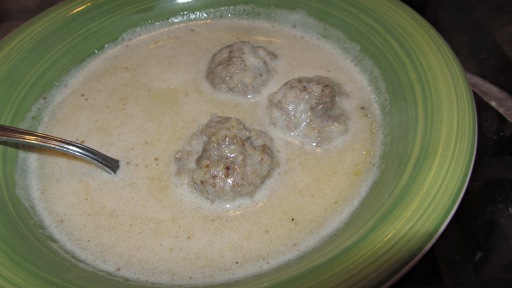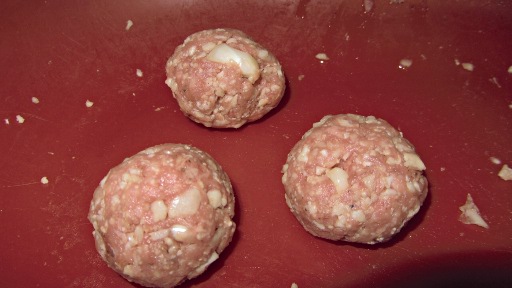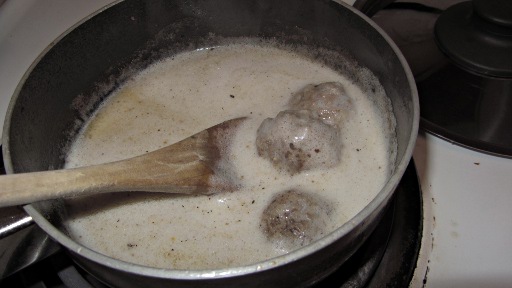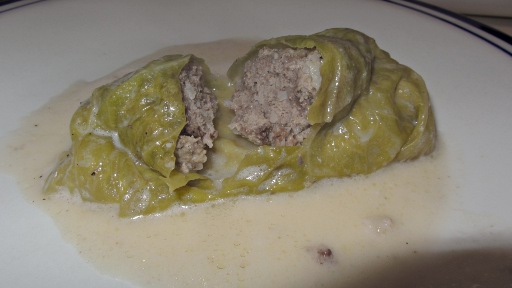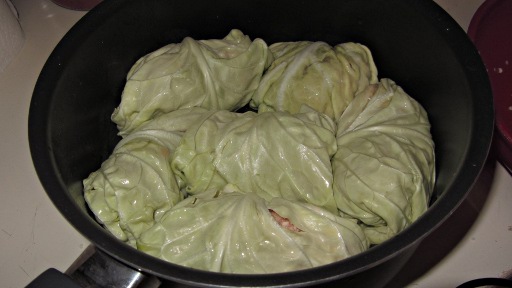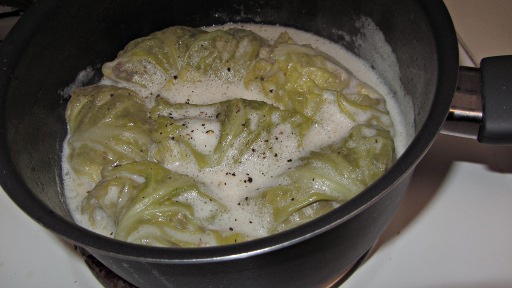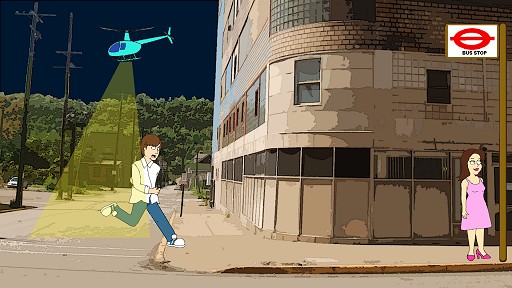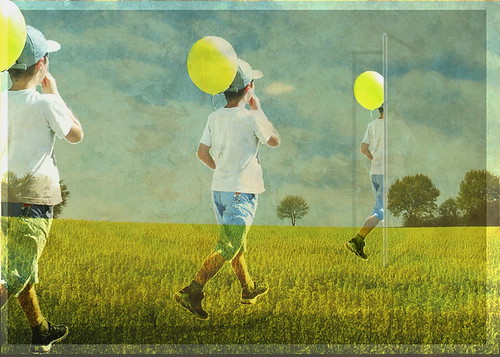Paleo/Primal are the most healthy diets there is on the planet right now. As I’ve written in the past on this blog, they have fixed almost all of my health problems, and daily I read about more miraculous results from others online too. But I don’t believe that its mainstream wisdom is always bullet-proof.
A few weeks ago I started using Cron-o-meter, as a way to track my food intake (calories) and to analyze my carbs, vitamins & minerals. I was expecting to be low on D3, Potassium & Magnesium (modern foods don’t provide enough of these), but what I found out was that I was missing more than just these three.
Granted, I take a lot of different supplements (sometimes up to 10 pills a day), so it’s unlikely that I’m actually deficient in any of these vitamins/minerals, but if I was to do straight Paleo and not take any vitamins, I’d probably be deficient of the following. The percentage in the parenthesis is what I get from food alone on average, and please consider that I eat EVERY kind of Paleo food (including offal, rare/sea veggies, shellfish, nuts, even dairy etc).

Sashimi Dinner from J-Town by Sifu Renka. Licensed under the Creative Commons BY-NC-ND 2.0.
– D3 (40% RDA)
Not a surprise, modern people stay in front of a computer all day, not out in the sun. I supplement with a 5000 IU pill almost daily.
– Iron (42% RDA)
This one is a mystery to me. I eat a lot of red meat, offal, eggs, greens, even oysters, and yet I’m iron-deficient according to the data (cron-o-meter uses US government’s data to calculate nutrients). I rather not have to supplement for iron (it can be dangerous), but occasionally I just have to. Not sure what’s up with iron yet.
– Folate (44% RDA)
Folate is very important for brain health and women wanting to become pregnant, but liver is pretty much the only Paleo food with high doses of it — and unfortunately most people just don’t eat offal. I eat liver once a week, greens too, and I’m still deficient of it, so I get the rest of my folate via a vitamin pill. Please note that folic acid is not the same as folate.
– Manganese (55% RDA)
Legumes are not allowed on Paleo, and yet manganese can only be found in any significant amount in beans. It is my personal opinion that the 4-5 main Paleo gurus need to come publicly together and agree on letting lentils into the game. Lentils, when soaked for 36 hours, lose most of their lectins and other anti-nutrients they carry (recipe and research), and they become the most benign kind of bean out there. Given that lentils have a LOT of both folate, iron, and manganese, it’s a superfood that is sorely missing on Paleo. You can quote me on that.

Lentils and Peas by Photobunny Earl. Licensed under the Creative Commons BY-NC-ND 2.0.
– Magnesium (64% RDA)
This one is not a surprise either, as it’s a universal deficiency no matter which diet you follow. Supplementation of it is highly encouraged in the Paleo world, so I take a pill 4-5 times a week, 2 hours before bed.
– Potassium (70% RDA)
Paleo, and especially ketogenic diets, are a bit low on this, while supplements are useless for it (they only sell 99 mg pills, while we need 3500 mg per day). The only major food source for potassium is beet greens. I try to have these 2-3 times a month, but they taste a bit funny. I bought “potassium salt” from Amazon to use occasionally to supplement further.
– Calcium (65% to 75% RDA)
Dairy is the No1 thing I don’t agree with Paleo (soaked lentils being the second one). Paleo gurus will tell you that you don’t need calcium from dairy because our absorption is now better, but I believe this to be wrong. I do dairy, and I’m still below the RDA. And when I have too little of it, my sensitive tooth is killing me. Gulping down a calcium pill makes the pain go away within the hour. I wrote extensively about dairy and Paleo here.

Seaweed salad by Sifu Renka. Licensed under the Creative Commons BY-NC-ND 2.0.
– E-tocotrienols (traces)
Unless you’re cooking with Red Palm oil, then you’re not getting enough of E-tocotrienols. I cook with coconut oil instead, so I supplement almost daily with it (especially since I’m low on E-tocophenols too). Unfortunately, there’s no food we can buy that has enough of this specific E form.
– K2 (traces)
K2 is rare in the modern diet. Grass-fed offal & butter have some, but not that much. The Japanese natto (fermented soy beans) have a lot of it in it, but if you can eat natto, then you’re probably a super-human (it tastes & smells terrible). I supplement with K2-Mk4 a few times a week.
– Biotin (traces)
Biotin is available on almost every Paleo food, but it’s not included in big quantities in any of them. I supplement for that too, 2-3 times a week, but not at high quantities. Biotin has the opposite effect when taken in high doses.
– Omega-3 ratio
My current omega-3 to omega-6 ratio is between 1:3 and 1:4. This is already pretty good compared to most western people, but ideally it would be best for my ratio to be 1:2. That’s a bit difficult to achieve, even with grass-fed meats and wild fish though. Maybe more fish instead of meat in the week will achieve that, so in the meantime, I supplement with krill oil 3-4 times a week.



